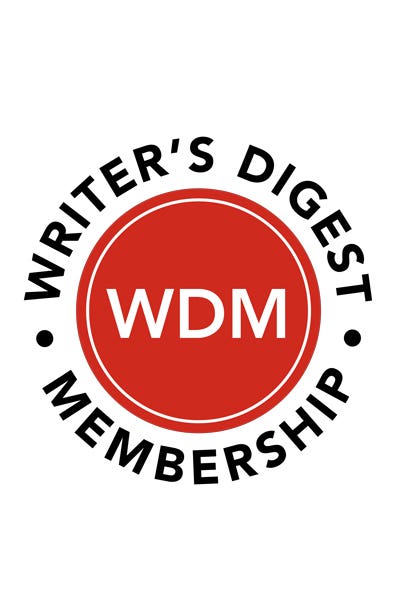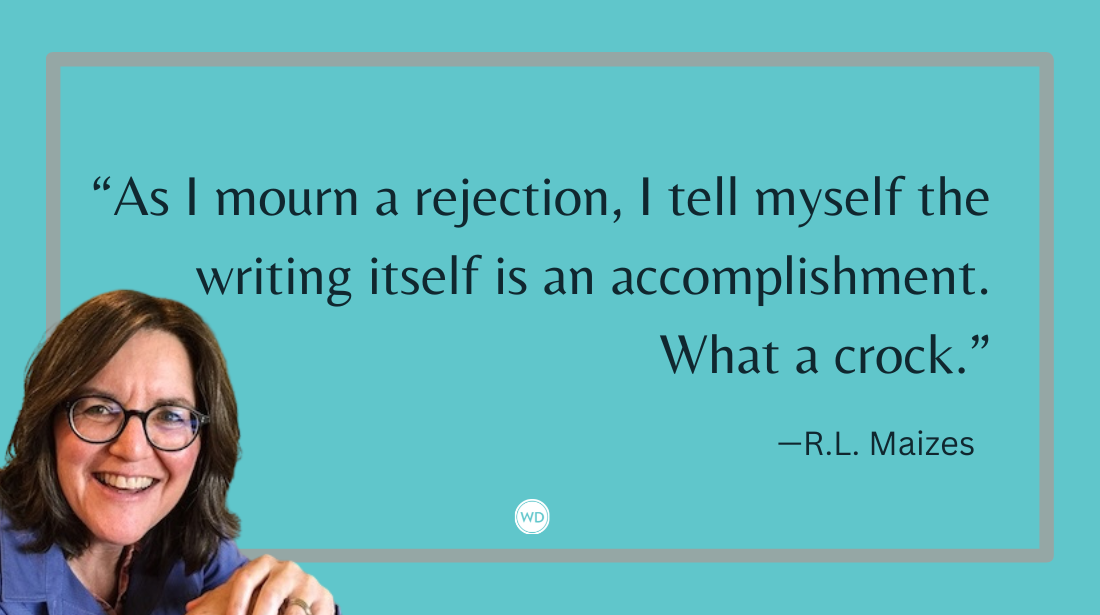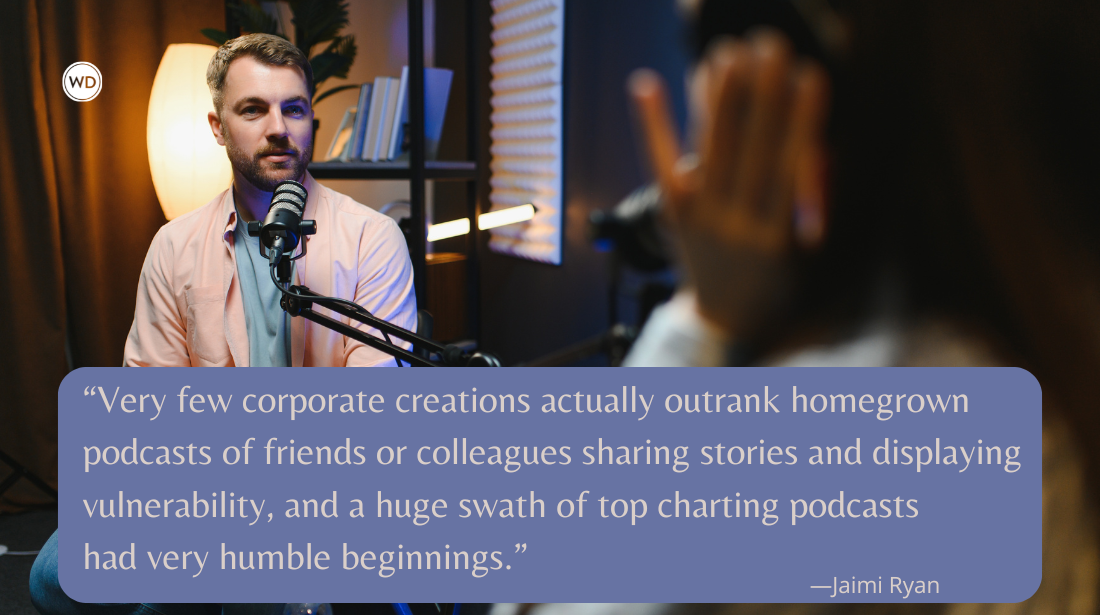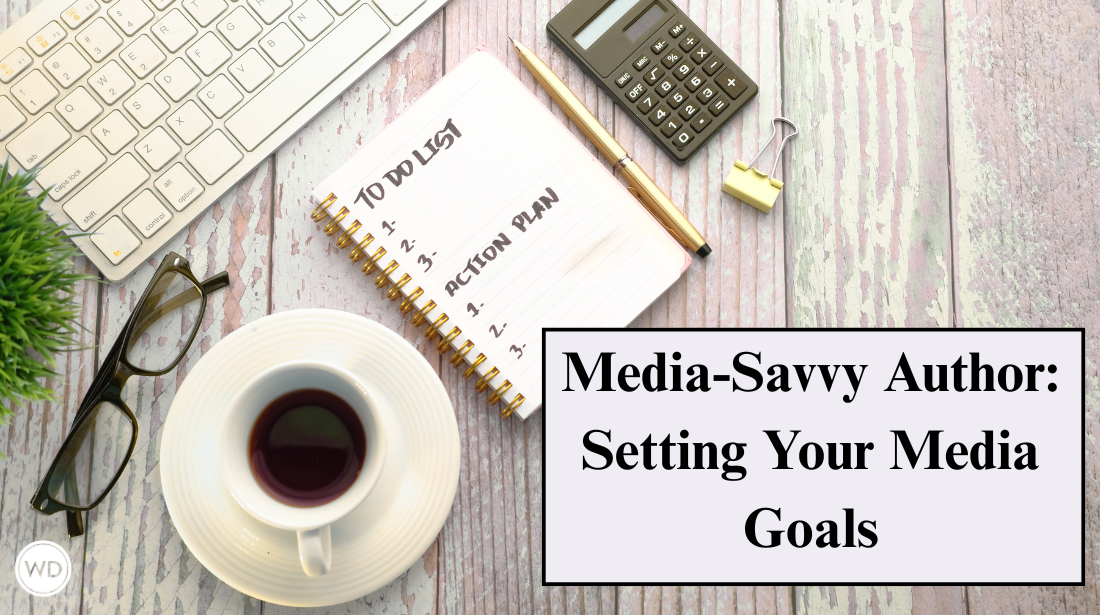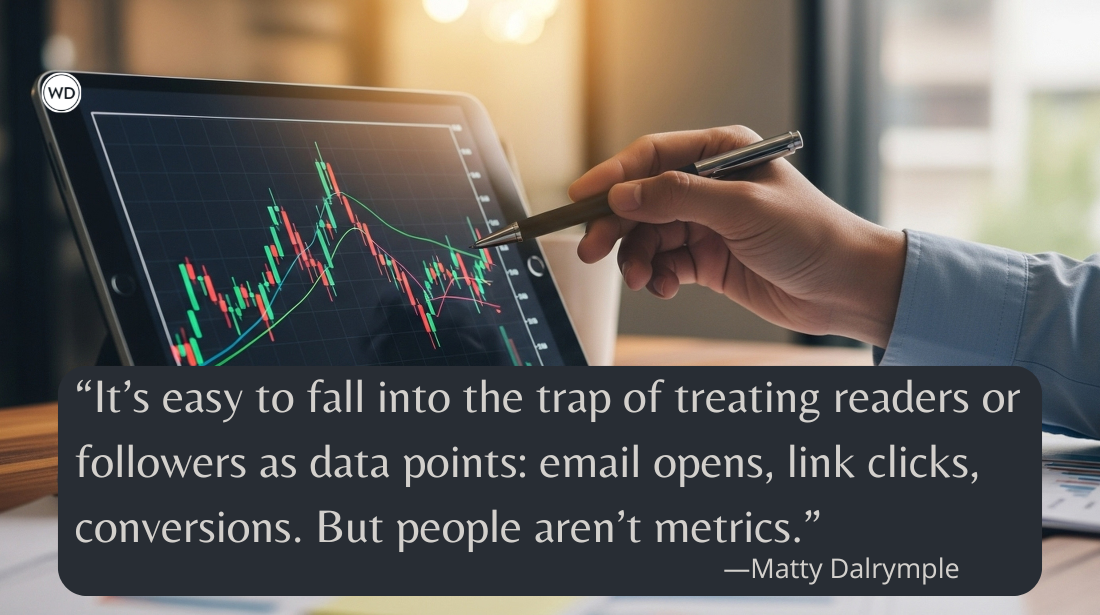Vibes Can’t Make a Book, but They Can Help Find Readers
Author Penny Zang discusses vibes and how they may not make a book, but they may still help writers find their readers.
You’ve seen the posts on BookTok, Bookstagram, and even in publisher marketing copy: “This book has relaxing beach vibes.” “A little dark academia, a little toxic romance.” “For fans of Sad Girl Lit.”
Mood and aesthetic have become a whole language of their own. Readers increasingly choose books based on how the stories make them feel, not just based on the premise. And this language of the “vibe” matters in an oversaturated market when attention spans are short and a reader’s TBR stack is already threatening to topple over.
“Vibes are now capital,” Jess Cartner‑Morley says in “It’s Game Over for Facts: How Vibes Came to Rule Everything” in The Guardian, noting that “understanding and harnessing vibes has become essential in navigating today’s cultural and economic landscapes.”
In other words, leading with mood and atmosphere isn’t just trendy; it’s strategic.
While “vibes” may seem like fluff at first glance, it can simply be a shorthand or a signal that points readers in the direction of a reading experience they crave. When talking about vibes, readers are often really referring to the tropes that they are drawn to the most. Instead of saying “I’m looking for a gothic mystery with an unreliable narrator and an elite setting,” they say, “dark academia.”
“Dark academia” serves as a good example here. It brings to mind candlelit libraries and boarding schools, overgrown gardens and tweed blazers. But mood isn’t the only element that readers love about dark academia. These stories also contain elements that readers recognize such as toxic friendships, buried secrets, and coming-of-age protagonists.
Anne Bogel, host of the long-running podcast What Should I Read Next? and creator of the blog Modern Mrs. Darcy, talks a lot about how much mood matters when choosing your next read. Her weekly show is built on the idea that finding the right book is as much about timing and how a book makes you feel, as it is about the book’s plot.
Many of Bogel’s podcast guests identify as “mood readers”: Readers who pick up whatever matches how they are feeling in the moment. For mood readers, it’s all about timing. A book might sit untouched on their shelf for months until one day the mood strikes them and they are ready for that particular story at that particular moment.
And that’s where writers come in.
If mood is what drives a reader’s choice, then part of the writer’s work is figuring out how to communicate that feeling through language and the atmosphere built around the book. Before a single page is read, the tone can come across in things like imagery, color palettes, even font choices.
One of the simplest ways to do this is through visuals. Book Coach and author of Again, Only More Like You, Catalina Margulis is a proponent of making both mood boards and playlists, not just for herself but to also share with readers: “These playlists and mood boards make for great social media content to promote the book by conveying the 'vibes' I'm hoping my book will evoke for readers—if you vibe with this song, maybe you'll vibe with my story. It gives them a sneak peek of what I'm up to before the book releases, and helps my book travel to new audiences once it's out.”
Debut author C.I Jerez, author of At the Island’s Edge, considers the book cover as the reader’s first impression. Jerez says, “I remember the first pass I saw of my book's preliminary cover. The font reminded me of something you'd see on a letterman jacket. This did not aptly capture the vibe or tone of the novel, which encounters heavier themes of PTSD, drinking to cope with stress, and single motherhood. Fortunately, it was an easy fix. Other choices on the cover, such as the floral skies, the setting sun, and the darker shades, all represented a more appropriate depiction of the book and set the expectations to match the 'vibes' of the book.”
When I was preparing to market my own debut novel, Doll Parts, I realized early on that simply calling it “literary suspense” didn’t quite capture the feeling I wanted to share. The book is anchored in themes of grief and girlhood, with a setting on an all-women’s campus in the 90s and full of 90s grunge references. Signaling this to readers started with a title change. Doll Parts, also the title of one of Hole’s most iconic songs, was not the original book title, but this change made all the difference to setting up that 90s vibe. The book cover’s use of muted colors with a pop of pink, along with the scrawling font that includes a clever nod to Sylvia Plath’s The Bell Jar, works to set the mood, as well.
It is worth noting that while vibes are useful shorthand, they’re not a magic bullet. Relying too heavily on “vibes” risks oversimplifying books and their themes. It can pigeonhole a book before readers get a chance to experience its many layers. Labeling a novel as “cozy” or “dark academia” might draw some readers in, but it can also deter others who might have loved the story but don’t identify with the shorthand. And possibly even worse, going into a reading experience with preset mood expectations can ruin the experience of surprise (and delight) that often occurs when reading.
All of this suggests vibes are a tool, not a solution. They help find readers but can’t make the connection on their own. Writers still need strong characters and compelling plots. Readers still want books with an authentic voice. In other words, vibes might open the door, but the story inside has to do the rest.
In the end, vibes don’t necessarily sell books. They won’t guarantee someone clicks “Buy Now” or sticks around for all 300 pages. But they can help a book land in the hands of the right reader. And with so many books competing for attention, that kind of connection is how stories get found.
Check out Penny Zang's Doll Parts here:
(WD uses affiliate links)



